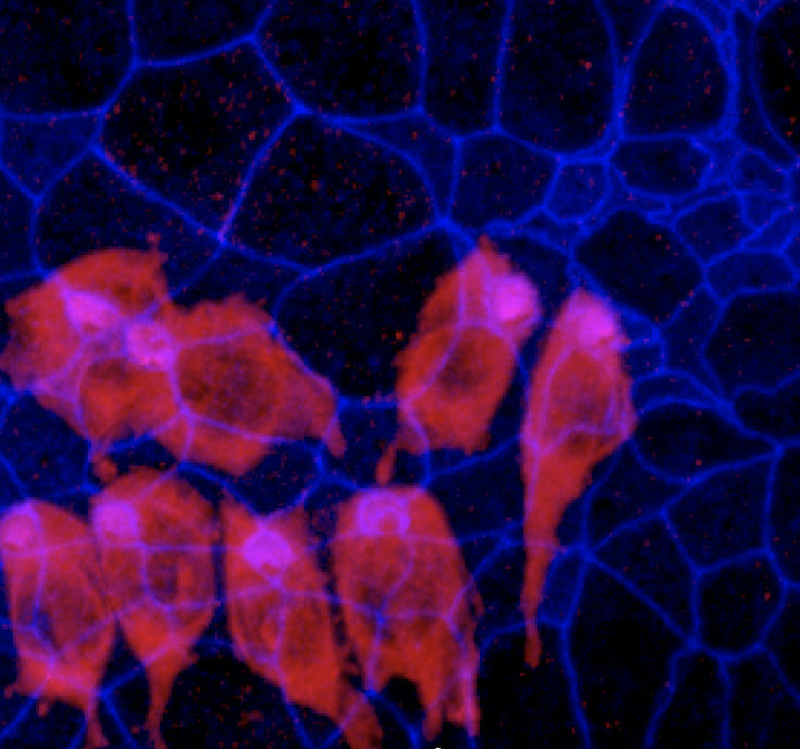By Lauren McGrath
Hearing Health Foundation (HHF) kindly requests your help this #GivingTuesday, an annual international day of giving back.
While making a direct contribution is an option, it isn’t the only way that you can support our shared mission to enhance the lives of millions through better treatments and permanent cures for hearing loss and tinnitus.
2017 was monumental for HHF in that your support enabled HHF to fund more critical hearing research than ever before. Still, more work must—and can—be done. Our Hearing Restoration Project’s Scientific Director, Peter Barr-Gillespie, Ph.D., is optimistic about the progress you’ve already empowered. “The clues are becoming more clear, and we expect the next year will yield a bounty of exciting results,” he shares.
As people around the world unite today in celebration of giving to causes that matter to them, we hope that you are inspired to act on behalf of HHF. Take your pick from the options below to give your way on #GivingTuesday:
Make a Direct Contribution
HHF accepts donations through our website’s secure donation portal and by mail to 363 Seventh Ave, 10th Floor, New York, NY 10001. We pledge to use your gift wisely. Our responsible and effective donor stewardship practices have been commended by Better Business Bureau Wise Giving Alliance, Consumer Reports, Charity Navigator, CharityWatch, and GuideStar. All donors are recognized and acknowledged in our Annual Report.
If you are able to give today, Tuesday, November 28, consider making your donation through our Facebook page, where your donation will be generously matched by the Bill & Melinda Gates Foundation.
Start a Community Fundraiser
You needn’t support Hearing Health Foundation's critical hearing loss research and awareness programs on your own. Reach out to your community—your friends, family, neighbors, colleagues, or classmates—to give on your behalf as an HHF Community Fundraiser on Facebook or Classy. Please take advantage of our simple toolkits to ensure your fundraiser is a successful one.
Go Shopping
Perhaps the simplest way of all to give is to put your personal shopping to work for HHF—at no additional cost to you! If you are scoping out savings opportunities on Amazon, be sure to make your purchase through AmazonSmile and designate HHF as your charity of choice. If you are shopping on one of many other popular retailers’ sites like CVS, Nike, Etsy, Groupon, Macy’s, or Modell’s, you may allocate a percentage of your purchase to HHF through iGive.
Please email us at info@hhf.org if you are experiencing difficulty or have questions about our ways to give. Thank you for considering HHF on #GivingTuesday.


















